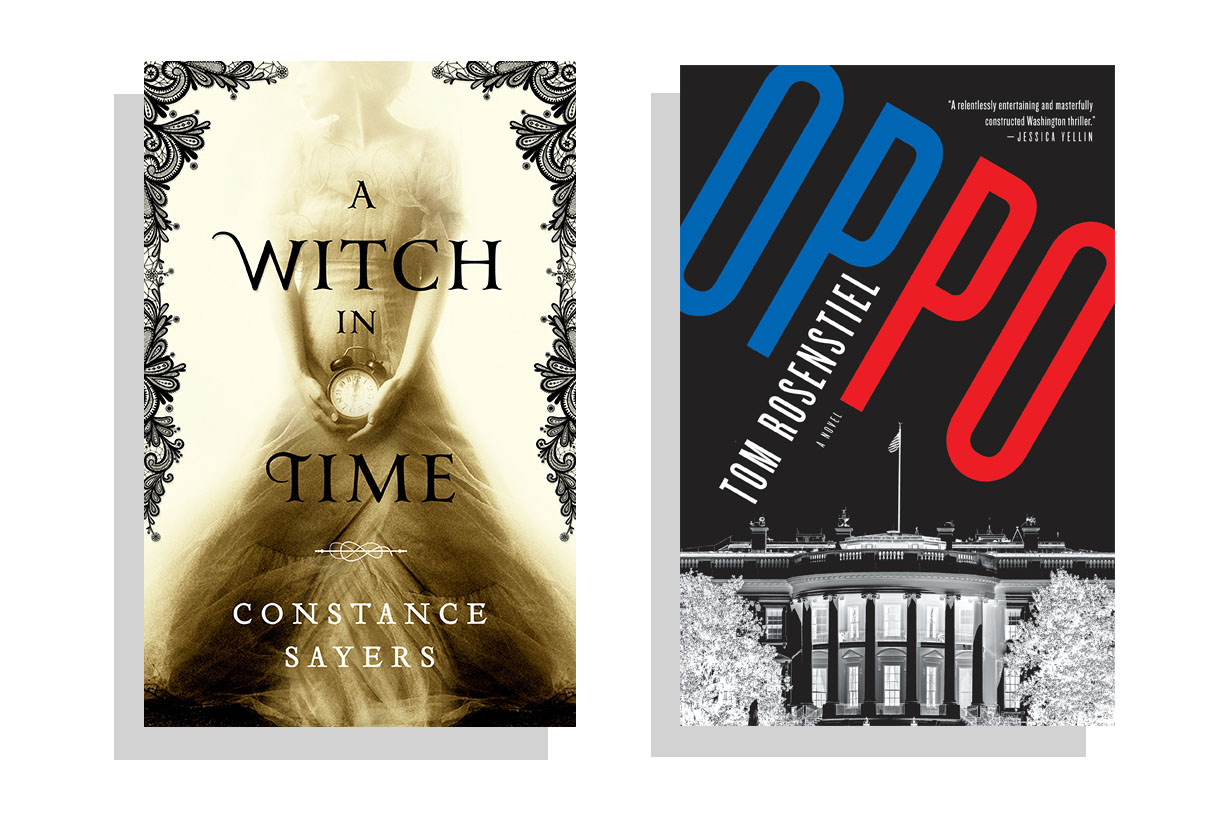For all of death's ubiquity, there's only one place where it's truly at home: a cemetery—a place that is, both practically and metaphorically, a house of death. In Falling Angels, Washington native Tracy Chevalier—author of the bestseller Girl With a Pearl Earring—takes this notion and weaves it into a narrative about the living. Death becomes the backdrop of the characters' lives as they meet and interact in the local graveyard as well as outside its walls. "I've often thought this place is really for the living, not the dead," a character says of the cemetery. "We design the grave to remind us of the dead, and of what we remember of them."
At the heart of the novel, spanning 1901 to 1910, is the relationship between Maude Coleman and Lavinia Waterhouse, two English girls separated by social class but united in friendship. Chevalier employs several characters' perspectives so that the book reads like a cohesive set of journal entries. Under the weight of numerous points of view, the narrative might have collapsed with a dizzying amount of information, but the author's gracefully trenchant prose prevents it from sliding into a directorial nightmare.
While Maude and Lavinia's relationship forms the core of the story, the novel's scope expands to include their families as well as characters from the cemetery—not to mention the changes within English society at a time when the rigid Victorian age begins to give way to modern sensibilities.
Falling Angels shows that even though death continues its march, life goes on—not so much as a redemptive event but as a simple, everyday fact.
Author:
Tracy Chevalie
Publisher:
Dutton
Price:
$24.95















